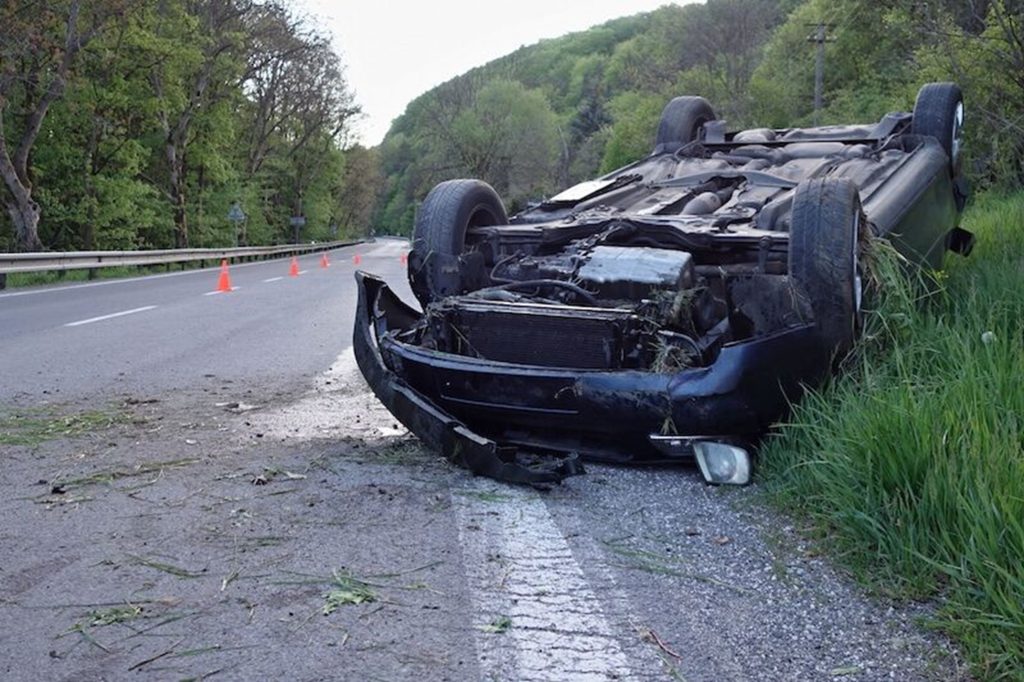
Determining fault in car accidents can be a straightforward process when there are clear witnesses and evidence. However, many accidents are complex, involving multiple vehicles, intersections, adverse weather conditions, or vulnerable road users. These scenarios can significantly complicate the task of establishing liability.
Accidents Involving Multiple Vehicles
When multiple vehicles are involved in an accident, reconstructing the sequence of events can be challenging. Factors such as the relative speeds of the vehicles, their points of impact, and the direction of travel can all influence the determination of fault. Additionally, the presence of multiple drivers and passengers can make it difficult to obtain accurate and consistent accounts of the accident.
For instance, imagine a three-car collision at an intersection. One car might have been speeding, while another might have failed to yield. A third car might have been caught in the crossfire. Determining fault in this scenario would require careful analysis of the evidence, such as skid marks, damage to the vehicles, and witness statements.
Accidents at Intersections or Roundabouts
Intersections and roundabouts are common locations for accidents due to the convergence of traffic from multiple directions. Determining fault in these situations can be complex because of the various traffic rules and regulations that apply. Factors such as yielding, right-of-way, and the timing of traffic signals can all play a role in determining liability.
For example, if a driver fails to yield at a yield sign and causes a collision, they may be held responsible. However, if another driver was speeding or driving recklessly, they could also be partially at fault.
Accidents in low-visibility conditions
Accidents that occur in low-visibility conditions, such as fog, rain, or darkness, can present unique challenges for determining fault. Reduced visibility can impair drivers’ ability to react to hazards, and it can be difficult to reconstruct the sequence of events accurately. In these cases, factors such as the speed of the vehicles, the use of headlights, and the condition of the road surface can be relevant.
For instance, if a driver is driving too fast in foggy conditions and crashes into a stationary object, they may be held responsible. However, if the fog is so dense that it’s difficult for any driver to see, the driver’s fault may be reduced.
Accidents involving pedestrians or cyclists
Accidents involving pedestrians or cyclists can be particularly challenging to investigate due to the vulnerability of these road users. Pedestrians and cyclists may not have the same level of protection as drivers, and they may not be able to provide a clear account of the accident. Factors such as the pedestrian’s or cyclist’s location, the driver’s speed and visibility, and the condition of the road can all influence the determination of fault.
For example, if a driver hits a pedestrian crossing the street at a designated crosswalk, the driver is likely to be held responsible. However, if the pedestrian was jaywalking or not paying attention to traffic, their actions may contribute to the fault.
Additional Considerations:
- Black Box Technology: Modern vehicles are often equipped with black boxes that can record data such as speed, braking, and steering inputs. This information can be valuable in reconstructing accidents and determining fault.
- Expert Witnesses: In complex cases, accident reconstruction experts may be called upon to provide their analysis of the accident and to help determine fault.
- Insurance Company Investigations: Insurance companies will typically conduct their own investigations into accidents to determine liability and assess coverage.
- Legal Representation: It is often advisable to consult with a personal injury lawyer if you are involved in a complex accident. A lawyer can help you understand your legal rights and protect your interests.
Determining fault in complex accidents can be a challenging process that requires careful analysis of the evidence and consideration of various factors. If you are involved in an accident, it is important to gather as much information as possible and to consult with a legal professional to protect your rights.
